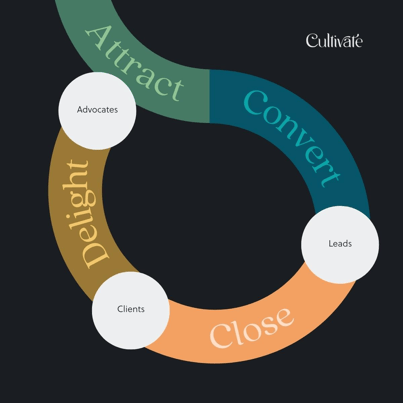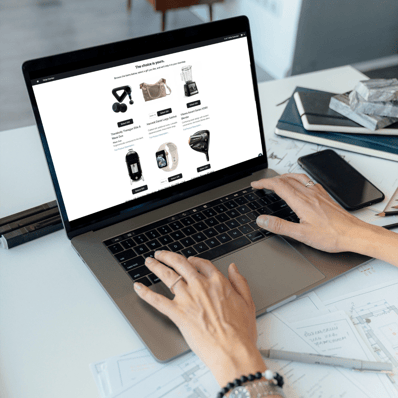Before online shopping, there was a physical storefront. In the store, customers and shopkeepers built meaningful relationships and knew each other as well as close friends or family members. The customer service was so bespoke and unmatched that advocacy and loyalty were given. There was an implicit trust that meant they could extend lines of credit, be invited to special celebrations, and share personal details of their lives.
Over time, commercialization scaled, cities and suburbs sprawled, and people could be sold products over the phone and then, online without ever speaking to anyone. Rapid growth and innovation became critical drivers, and the human-to-human connections eroded.
Instead of personal interactions, raising “awareness” became a key focus. Hence the rise of the “funnel,” a catchy term created by ad agency executive Elias St. Elmo Lewis. This funnel maps a theoretical customer journey that moves from awareness to interest, desire, and action — as if professional people are simply pawns who advance ( or “convert”) to propel a business’ goals.
Why it’s all about the client and their experience
Culture is shifting again, and a balance is returning. Recently Cultivate’s marketing team has shifted towards a human-centric approach with the concept of the “flywheel.” Though another jargon term, the flywheel offers a unique perspective on clients and their journeys with us.
Unlike a funnel, the flywheel prioritizes people and their experiences. And for good reason: happy clients build momentum and energy by evangelizing our brand to colleagues and friends, ultimately helping our company grow. In other words, “If you can make your customer rabidly happy, they turn into your best marketers,” as Michael Redford, General Manager of Hubspot’s Service Hub, explains.
Within the flywheel, we live in a world decided by clients and their experience partnering with us. Client retention and appreciation are employed into every touchpoint, building satisfaction, and relationships over time — instead of simply “converting” them once or twice. This same concept has become a core priority of our business across all teams.

Leave a lasting impression at every touchpoint
How do we nurture a client throughout their journey? How do we leave lasting impressions at every touchpoint? It involves three key things:
- Prioritize the experience and adapt all teams toward being human-centric
- Remove friction, but not entirely; maintaining engagement and room for improvement is equally important
- Attracting, engaging, and delighting our clients regularly
At Cultivate, we focus on step three through gifting. After all, what’s more engaging or delightful than receiving a gift of your choice? It allows us to say thank you, make up for a mistake, or simply show that we appreciate another person. In an overly-digital age, a tangible token of appreciation landing in our client’s hands is extremely impactful. It creates a real-world moment that prioritizes a human-centric approach to B2B business and expresses real value. It’s a useful way for teams across the entire company - sales, product development, and customer experience- to connect with clients but, more importantly, help convert them into active and loyal brand advocates who know how much we care.
As Brian Halligan, Hubspot Co-Founder, and CEO, explains: “Delighting our existing customers…[is] the best way to find new customers.”

More importantly, our team knows great gifting turns clients into people again. Ones we can interact with and get to know through meaningful moments of appreciation. While the flywheel doesn’t quite mimic a local storefront, we believe it helps us provide that same feeling of personal connection and thoughtfulness our clients deserve.
To learn more about how you can leverage gifting to prioritize human connection and propel your company’s growth, connect with an expert. We’d love to hear from you and help you achieve your gifting goals.



Leave a Comment